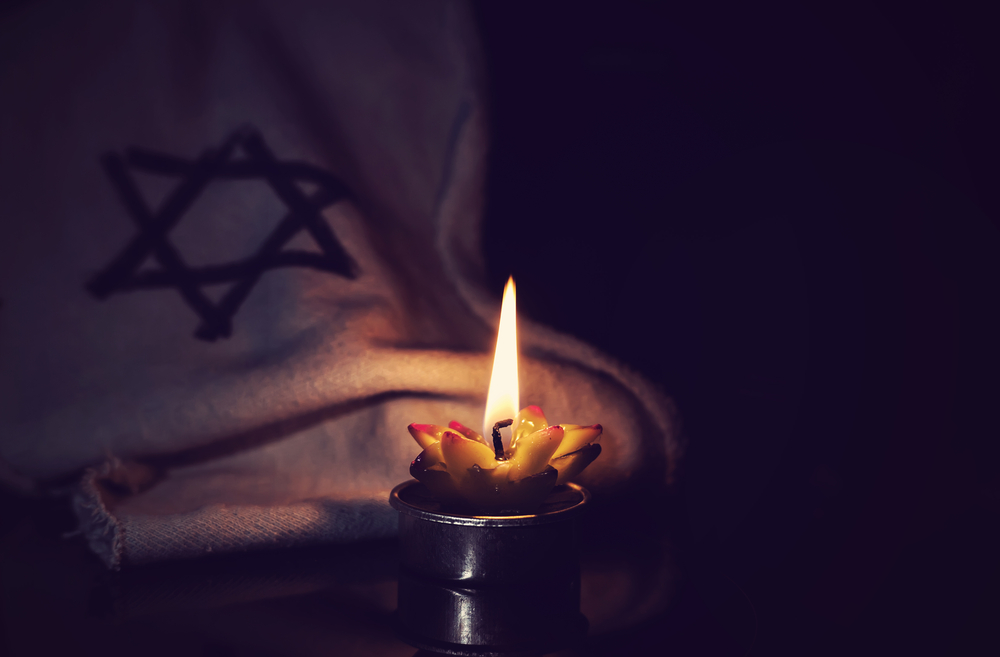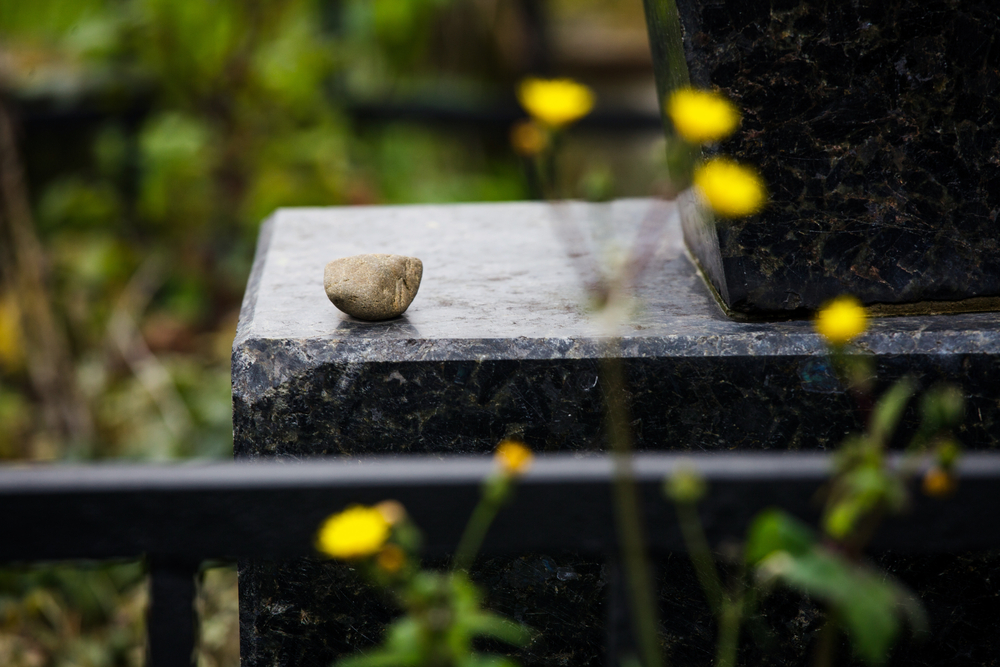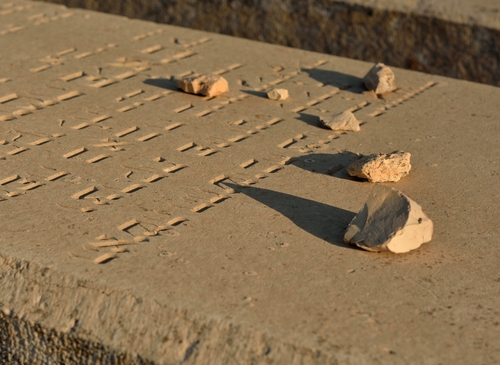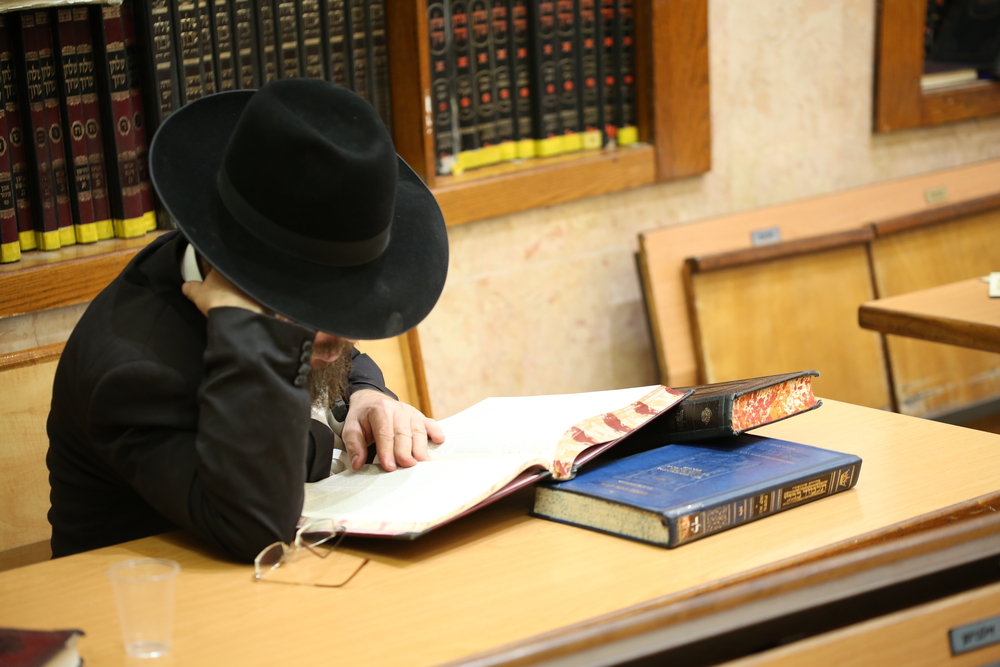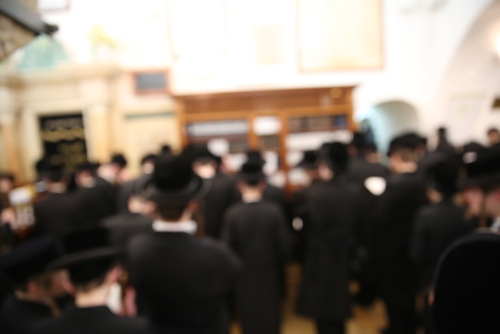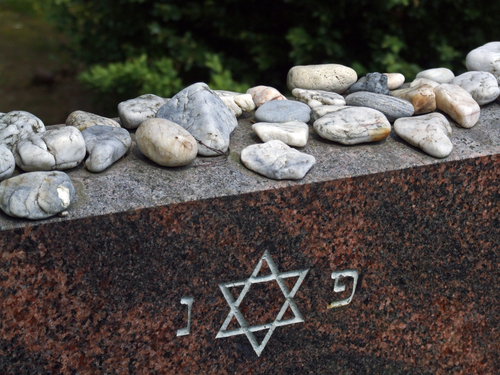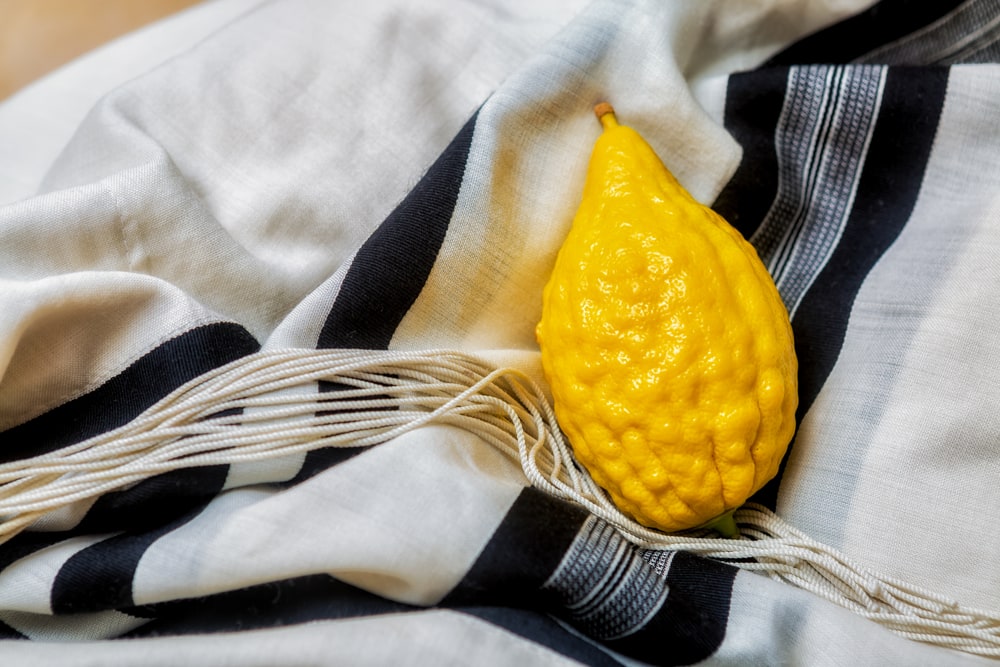Shiva is a practice of Jewish mourning that lasts for seven days. It begins on the day of a Jewish funeral or burial. However, these days, most Shivas tend to last about three days.
Essentially, this is a structured mourning period. It allows the bereaved family a designated time and space to receive fellow mourners and process their grief. It is a way to help the bereaved move through the stages of mourning. Usually, Shiva is announced at the funeral service.
The word “Shiva” comes from the Hebrew word for “seven,” symbolizing completion and a sacred cycle. While the modern observance may be shortened, the meaning remains powerful—a time for family, friends, and community to gather, reflect, and offer comfort. During this period, mourners refrain from normal daily activities and instead focus on remembrance and prayer.
2. Customs, Ritual & Protocol
Shiva takes place within the home of the spouse, parent, sibling, or child of the deceased. And while Shiva is a Jewish event, non-Jews are welcome to attend. During Shiva, the community will visit the grieving family to pay their respects.
Basically, prior to actually visiting the home, it’s customary to make a call. Essentially, the purpose of this call is to remind the family that they’re not alone. During this call, it’s important for you to listen, be compassionate, and supportive. Clearly, this is an obvious instinct for anyone consoling a bereaved friend or family member.
First, when you arrive at the home sitting Shiva, you’re encouraged to walk right in. During the Shiva period, the family’s home is open to all who are willing to pay their respects. Essentially, everyone is welcome.
As the visitor, your purpose is to honor the grief of the bereaved. In other words, you’re encouraged to play a role of unconditional support and to be a comforting presence. Many religions or cultures encourage mourners to hide their grief. However, Jewish culture is unique in that it promotes the open sharing of communal grief. Shiva is a crucial aspect of this shared mourning.
When entering the home, you may notice a few customs that are unfamiliar. The mourners might be seated on low stools or even the floor, symbolizing their grief. Mirrors are often covered, as appearance and vanity are set aside during mourning. A candle may burn throughout Shiva, representing the soul’s light. As a guest, simply observing and respecting these practices is enough—you are not expected to participate unless invited.
3. The Shiva Policies
There are certain rituals, practices, and policies to adhere to during Shiva. Naturally, this may vary depending on the family in question. Nonetheless, it’s best to be aware of the general Shiva policies when visiting a home.
Many non-Jews aren’t aware that discussing the manner of death is highly inadvisable. Basically, this is universally discouraged. Don’t bring up how the person died, unless the family wishes to discuss it voluntarily.
Most Shiva homes will place a guest book in a communal area for guests to sign. It’s considered polite for all visitors to sign this book. Essentially, you want to leave notes of support and consolation for the bereaved. Keep an eye out for this book and be sure to sign it.
Accordingly, it’s important to not have solid expectations for the atmosphere of the Shiva. Every Shiva feels different. In many cases, whether it’s a family member’s first or seventh Shiva, each one can feel like the first. Remember: your purpose is to be a shoulder to cry on and to console.
4. What to Bring When Visiting Shiva
When attending Shiva, it’s customary to bring something that provides comfort or assistance to the family. Unlike other mourning traditions, sending flowers is generally not appropriate in Jewish culture. Instead, consider one of the following gestures:
- Food: Bringing food is a traditional and appreciated act of kindness. Kosher meals or baked goods are preferred, especially if the family keeps kosher.
- Charitable Donation: Many families request donations to a specific charity or synagogue in memory of the deceased. This aligns with the Jewish value of tzedakah, or giving.
- Condolence Card: A simple message of sympathy is always welcome. Express your love and support rather than offering clichés.
Providing food helps the family focus on mourning instead of daily tasks. It’s one of the most tangible ways to show support and compassion during this sacred period.
5. Dress Code for Shiva
When visiting a Shiva home, dress respectfully and modestly. You don’t need to wear black, but subdued, conservative clothing is appropriate. For men, slacks and a collared shirt are ideal; women may wear modest dresses or blouses with skirts or slacks. If the Shiva is held at a synagogue or observant home, men may be offered a yarmulke (head covering) to wear inside. Accepting and wearing it is considered respectful.
6. Proper Etiquette and Conversation
Conversation at a Shiva is meant to comfort, not to distract. When you arrive, it’s common to greet the mourners quietly. You may wait for the family to initiate conversation rather than speaking first. Sometimes, the most powerful form of comfort is silence. Simply sitting beside the mourner can speak volumes.
When you do speak, focus on kind memories or qualities of the deceased. Share moments that highlight their warmth, generosity, or humor. Avoid topics like business, politics, or lighthearted chatter. The goal is to provide comfort and to affirm the lasting impact of the person’s life.
Before leaving, you may offer the traditional phrase of comfort: “May God comfort you among the mourners of Zion and Jerusalem.” If you’re not Jewish, a simple “I’m so sorry for your loss” or “May their memory be a blessing” is also appropriate.
7. Food and Community at Shiva
Food plays a large role in the Shiva gathering. After the funeral, a “meal of consolation” known as seudat havra’ah is often shared. Traditional foods may include eggs, lentils, bagels, and other round foods that symbolize the cycle of life. During the days that follow, friends and neighbors often provide meals for the family.
As a visitor, it’s respectful to eat what is offered and to avoid bringing non-kosher food into the home. Sharing a meal is both an act of kindness and a way to connect with the grieving family through tradition and compassion.
8. The End of Shiva and Continuing Support
When Shiva concludes—after seven days or earlier depending on the family—the mourners gradually return to their daily routines. The end of Shiva marks a transition, but grief does not end with it. It’s thoughtful to reach out in the weeks following, offering continued support. A call, card, or meal later on reminds the family that they are not forgotten once Shiva is over.
Judaism emphasizes community through every stage of mourning, from Shiva to the later observances of Shloshim (30 days) and the yearly Yahrzeit (anniversary of passing). Understanding these traditions helps non-Jewish friends participate in meaningful ways that honor both the family and the faith.
Conclusion
At Fox Monuments, we hold Jewish customs and practices in the highest respect. We take enormous pride in helping the Jewish community create fitting memorials to pay tribute to their loved ones. Understanding practices like Shiva helps foster compassion, respect, and unity among all people. Whether you’re attending a Shiva or assisting a Jewish friend in mourning, your presence and empathy are the greatest gifts you can offer.
Frequently Asked Questions About Shiva
What does “Shiva” mean in Judaism?
“Shiva” literally means “seven” in Hebrew, referring to the seven days of mourning after a Jewish burial. It’s a sacred period of reflection, prayer, and communal support.
Can non-Jews attend a Shiva?
Yes. Non-Jews are welcome to attend Shiva and show support for the bereaved family. Observing traditions respectfully—such as removing shoes if requested or wearing modest clothing—is appreciated.
Is it appropriate to bring flowers to Shiva?
No. Flowers are not traditionally part of Jewish mourning customs. Instead, bringing kosher food, sending a condolence card, or making a charitable donation in memory of the deceased is preferred.
What should I say to someone sitting Shiva?
You may say, “I’m so sorry for your loss,” or “May their memory be a blessing.” Many Jewish mourners also find comfort in the traditional phrase, “May God comfort you among the mourners of Zion and Jerusalem.”
How long does Shiva last?
Traditionally, Shiva lasts seven days following the funeral. However, some families observe it for three days. The duration may vary based on family customs or observance level.
